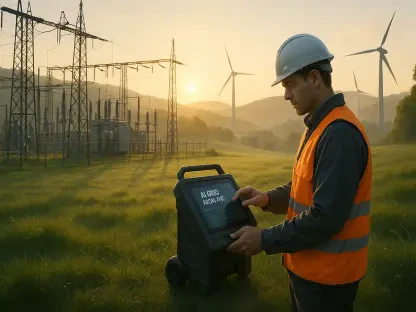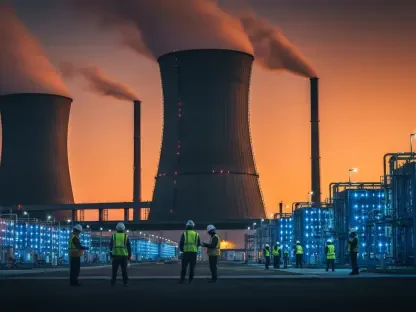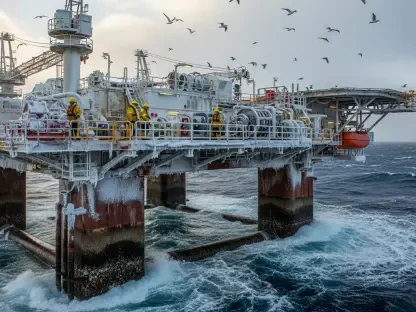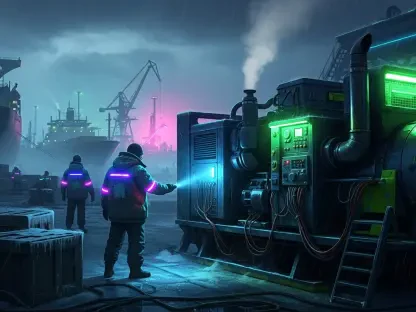The alternative fuels sector has witnessed a significant surge in mergers and acquisitions (M&A) over the past few years. This uptick is largely driven by a confluence of regulatory incentives and advances in technology that have mitigated investment risks. With regulatory incentives emerging as key drivers behind these deals, the sector’s reliance on government support has become more pronounced, ensuring sustained momentum and stability. The landscape of alternative fuels is rapidly evolving, and companies are adopting various strategies to navigate these changes and capitalize on emerging opportunities.
Regulatory Incentives: A Driving Force
Impact on M&A Activities
Regulatory incentives have become a cornerstone in driving M&A activities in the alternative fuels sector. Governments worldwide have been implementing a range of policies and incentives to promote the adoption of low-carbon technologies. These incentives help reduce the financial risk associated with investing in alternative fuels, making such ventures more attractive to investors. Companies are keen to leverage these government supports to enhance their sustainability profiles and gain a competitive edge. As a result, there has been a notable increase in transactions aimed at capturing credit opportunities and mitigating policy risks.
The focus on credit stacking and voluntary market support has been instrumental in this regard. By stacking multiple credits, companies can diversify their revenue streams and cushion against policy uncertainties. This approach not only strengthens credit fundamentals but also provides a buffer against potential regulatory changes. Additionally, voluntary market support allows companies to engage in long-term contracts, ensuring more stable and predictable revenue flows. These strategies have been pivotal in driving M&A activities and fostering growth in the alternative fuels sector.
Influence on Investor Confidence
Investor confidence in the alternative fuels sector has seen a significant boost, thanks to the robust regulatory incentives in place. The certainty provided by these incentives encourages investors to commit capital to projects that may have otherwise seemed risky. In particular, landfill gas-to-renewable natural gas (RNG) developers have found favorable terms in the voluntary market due to the longer-term, stable contracts available. This stability is crucial for securing investments and driving forward projects that contribute to sector decarbonization goals.
Moreover, the increased demand for low-carbon fuels, driven by industry decarbonization targets, has expanded the market for associated carbon credits. Companies are increasingly looking to integrate vertically to improve their operations and supply chains, access complementary technologies, and capitalize on the benefits of credit stacking. The cumulative value of alternative fuel deals has reached an impressive $28 billion since 2021, with RNG and renewable diesel leading the way. Newer technologies, such as sustainable aviation fuel, are also gaining traction, highlighting the sector’s dynamic growth and innovation.
Strategic Trends in the Alternative Fuels Sector
Decarbonization and Market Expansion
The industry’s decarbonization targets are playing a crucial role in shaping the demand for low-carbon fuels. As more companies commit to reducing their carbon footprints, the need for alternative fuels is steadily rising. Engaging a broader spectrum of offtakers with longer time horizons has been a significant trend. This approach not only helps in achieving decarbonization goals but also generates buyers for associated carbon credits, thereby creating a more robust and sustainable market for alternative fuels.
Decarbonization efforts are not limited to just reducing emissions but also involve developing and adopting new technologies. The push for more sophisticated, low-carbon alternatives has led to significant advancements in renewable energy sources. Sustainable aviation fuel, for instance, is emerging as a critical area of focus, attracting attention from investors and companies alike. These innovations are crucial for the sector’s growth and its ability to meet stringent environmental standards. By staying ahead of the curve, companies can better navigate the complexities of the evolving regulatory landscape and position themselves for long-term success.
Vertical Integration and Technological Advancements
The alternative fuels sector has seen a notable rise in mergers and acquisitions (M&A) in recent years. This increase is primarily due to a mix of regulatory incentives and technological advancements that have lessened investment risks. Government incentives have become major drivers in these deals, highlighting the sector’s dependence on state support for sustained growth and stability. The alternative fuels landscape is rapidly changing, prompting companies to adopt diverse strategies to navigate these shifts and take advantage of new opportunities. Whether investing in innovative technologies or forming strategic partnerships, industry players are keen to position themselves favorably in an evolving market. These strategic moves are crucial for staying competitive and tapping into emerging possibilities, thus ensuring that they remain at the forefront of the sector. As the business environment continues to transform, companies must continuously adapt and innovate to maintain their edge and drive long-term success in the ever-evolving market of alternative fuels.









